When Boston University junior Jerry Zhou bikes up and down Commonwealth Avenue, he stops at every red light and yields to pedestrians.
He believes himself to be a “conservative biker,” but despite taking precautions, he was hit by a car twice last year. The first time he was hit, his bike was damaged and he went to urgent care.
“I try to preserve my own safety when I bike to and from class,” Zhou said. “But even when you do that, you can still get hit by a car.”
In September 2022, Mayor Michelle Wu announced “Better Bike Lanes,” a plan to expand the city’s bike network and make it safer for bikers to share the roads with drivers.
“Everyone in Boston deserves safe access to our bike network, no matter what neighborhood they’re in,” the plan stated.
However, Zhou’s bike rides haven’t gotten safer since the plan was introduced. He said he has a “fair share of close calls” multiple times a week.
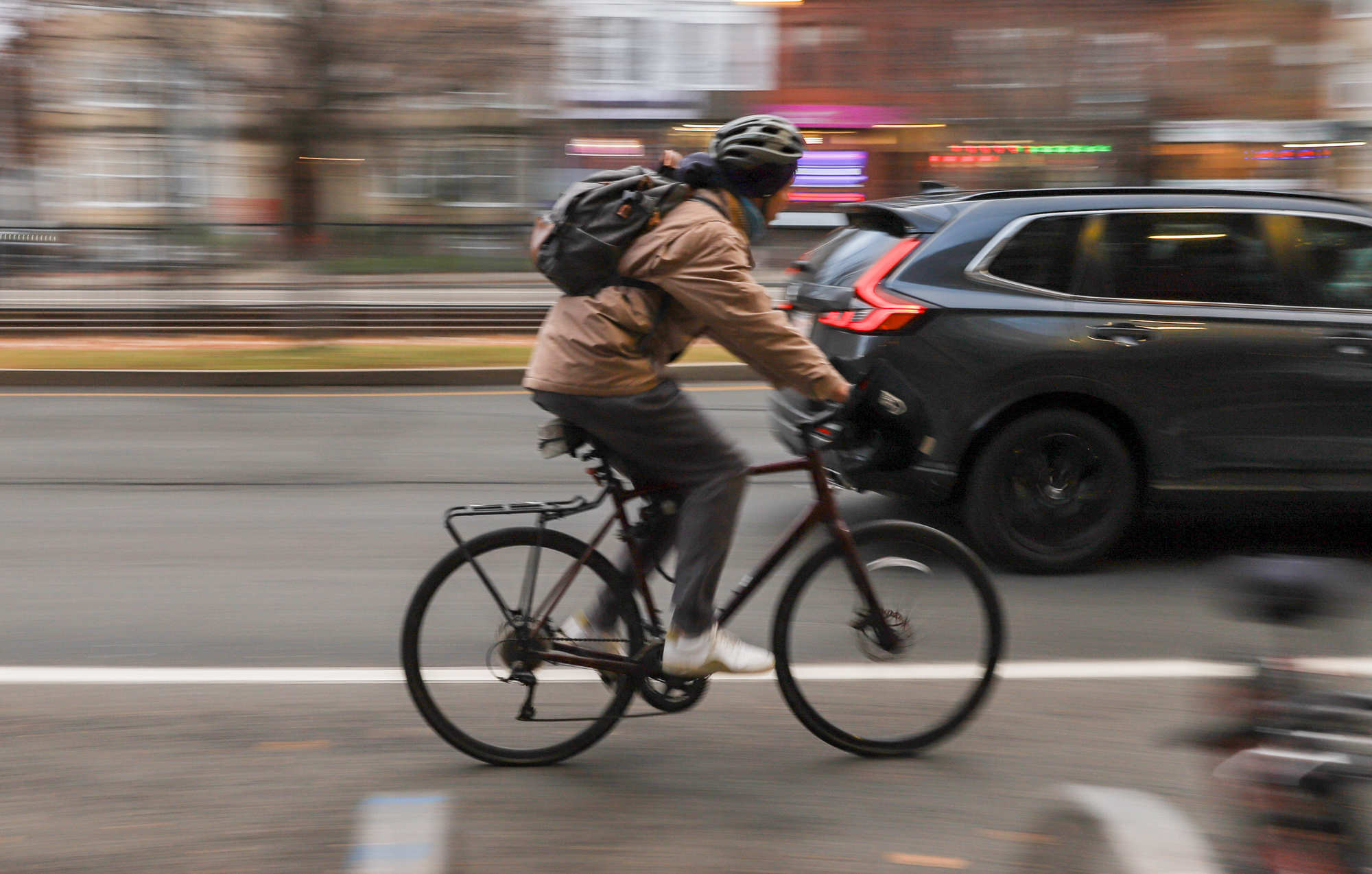
City records show 582 crashes involving bicycles with at least one fatality between September 2022 and June 2024. This was found through an investigation done by The Daily Free Press.
According to our investigation, the five Boston neighborhoods with the most crashes involving bikes between September 2022 and June 2024 are Roxbury, Dorchester, Back Bay, Allston and Fenway.
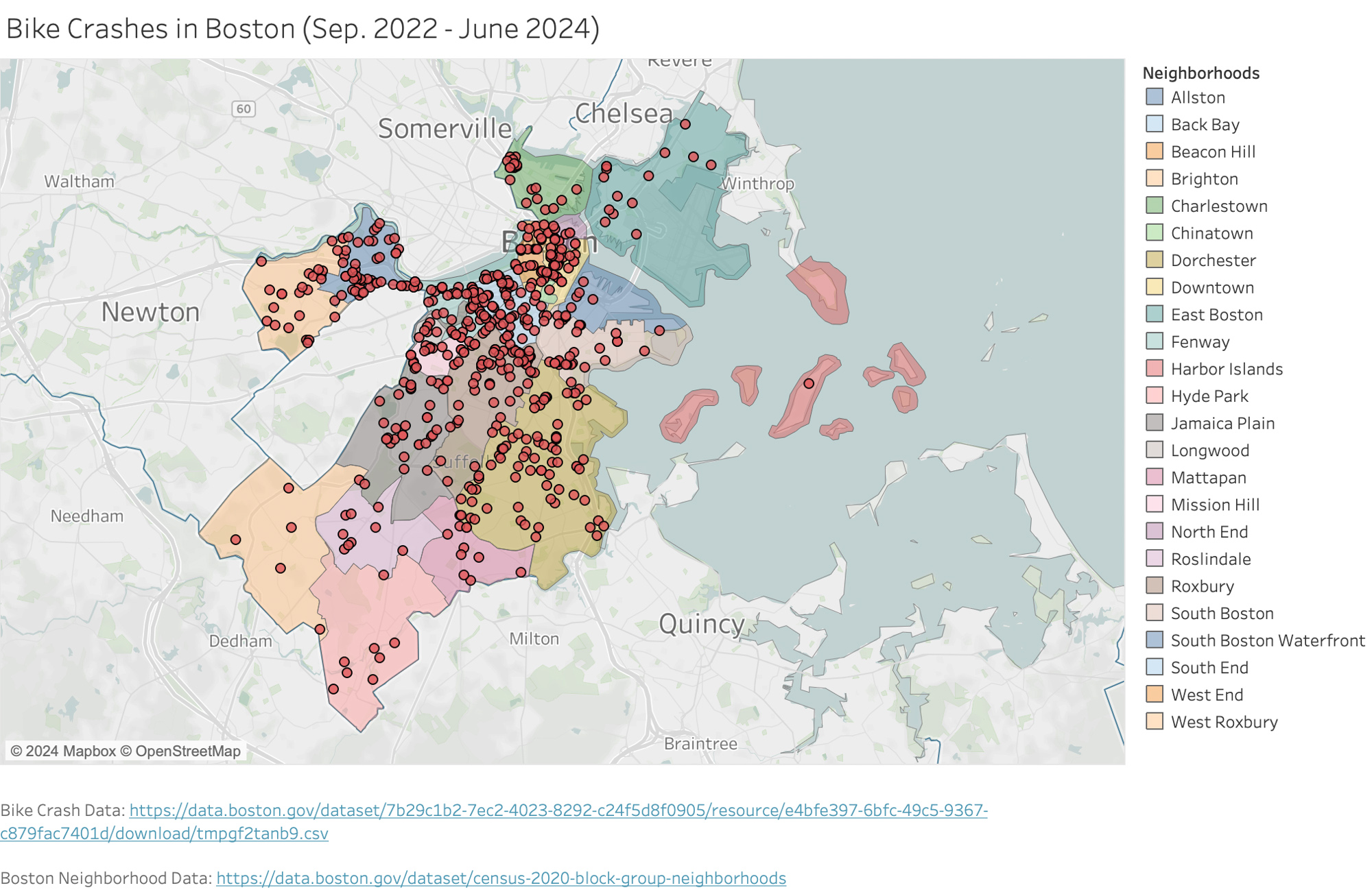
The five Boston-area streets with the most crashes are Massachusetts Avenue, Comm. Ave., Washington Street, Tremont Street and Huntington Avenue.
With traffic reaching record highs and frequent public transit issues, transportation is a growing concern for city residents. In recent years, Boston has encouraged residents to bike more, providing discounted annual memberships to Bluebikes.
However, advocates said more should be done to make biking safe.
“We have a road system that does not allow for margins of error, so when mistakes are made, specifically by drivers, it costs lives,” said Galen Mook, executive director of MassBike, a bike advocacy organization. “We don’t have the luxury of time to wait to make our roads safer.”
Advocates said protected bike lanes, a form of infrastructure that separates cyclists from vehicle traffic, are one of the best ways to protect cyclists.
The Boston Department of Transportation and Vision Zero Boston, the organization that handles crash records, did not respond to requests for comment.
Dorchester, Roxbury and Mattapan
The Better Bike Lanes originally left out much of Mattapan and suggested sparse improvements in parts of Roxbury and Dorchester, despite bike safety issues in those neighborhoods.
Mook said these neighborhoods, which have large communities of color, have “traditionally been left out of transportation improvements and safety.”
“There needs to be a unanimity, a spread of where safe bike infrastructure is for every neighborhood,” he said.
The Massachusetts Avenue Better Bike Project, which began construction in 2022, is the only completed bike infrastructure project in Dorchester and Roxbury since Mayor Wu introduced Better Bike Lanes. The project added separated bike lanes to a portion of the street.
Even with the improvements, Massachusetts Avenue had more bike crashes from September 2022 to June 2024 than any other street in Boston.
As of right now, some projects exist to fix bike infrastructure in Roxbury, but none include the addition of protected bike lanes.
In Dorchester, plans are in development to improve Columbia Road, Charles Street and Bowdoin Street. Charles Street is the only street with a plan that vows to create “safe, separated bikeways.”
Vivian Ortiz, Mattapan resident and bike mayor of Boston, said a main reason there are no immediate plans to create more bike infrastructure in her neighborhood is because residents do not want them.
Bike mayors are stationed all over the world to help promote biking, Ortiz said. She was nominated by three bike advocacy organizations, the Livable Streets Alliance, the Boston Cyclists Union and MassBike, for this role.
Others have a different view on why some neighborhoods were left out of the plan.
Shavel’le Olivier, Mattapan resident and executive director of the Mattapan Food and Fitness Coalition, said neighborhoods like Mattapan, Dorchester, Roxbury and some of Hyde Park are historically left out of these infrastructure investments, and Mattapan does not have a connected bike network.
“Our residents understand the benefits of bike lanes,” Olivier said. “But if those other challenges or their needs are not addressed, it is really hard for residents to also think about transportation planning with all the other needs that they’re juggling.”
Olivier also said she believes Mattapan residents cannot prioritize new bike lanes because of other issues within the community, like housing, food insecurity and employment rates.
“A lot of our residents’ basic needs are still not met,” Olivier said. “They’re still struggling.”
Thirteen crashes happened on Blue Hill Avenue in Mattapan from September 2022 to June 2024. The street was ranked 11th in the city for most crashes during this time.
Olivier said Mattapan residents do not feel comfortable biking on Blue Hill Avenue since it does not have protected bike lanes.
In November, the city announced the Blue Hill Avenue Transportation Action Plan, which would add separated bike lanes to the street. The city calls the street one of the most dangerous places in Boston to drive, walk or bike. The plan is still in the drafting phase.
Allston
With 44 bike crashes between September 2022 and June 2024, Allston is one of the five most dangerous neighborhoods for bikers. It is the location of the only recorded bike-related fatality since Wu’s Better Bikes Lanes was introduced.
On Dec. 19, 2023, Samuel Alvarado was hit and killed by a garbage truck while biking near the intersection of Hano and Cambridge streets.
“Anytime that there is a pedestrian or bike fatality in Boston, [the city is] required to make changes to the streets on which it happened,” Mandy Wilkens, events and communications manager for the Boston Cyclists Union, said.
Wilkens said the Hano Street and Cambridge Street intersection is infamously a “poorly designed intersection,” and the area should have protected bike lanes and less parking.
Better Bikes Lanes currently does not include any changes to the area where Alvarado was killed.
Another cyclist, John Corcoran, was killed last year on Memorial Drive in Cambridge near BU’s DeWolfe Boathouse.
“It’s not just this one incident or this one spot, it is kind of a systematic failure,” Mook said. “So many things had to go wrong to allow for this crash to occur.”
Commonwealth Avenue had the second most crashes out of any other Boston street from September 2022 to June 2024 with 41 bike crashes.
Carl Larson, assistant director of Transportation Services at BU, who oversees the BU Cycle Kitchen, said he worries BU students think biking at the University is “more dangerous than it is.”
“Biking is a safe and fun way to get around Boston University, and it doesn’t often get portrayed that way,” Larson said.
Certain parts of BU’s campus lack protected bike lanes, such as near the BU Bridge and around Kenmore Square. Students end up on the road with drivers, whether on their own bikes or Bluebikes, which have renting stations all over campus.
Zhou said in his experience, drivers “don’t check their shoulders for bikes” on Commonwealth Avenue and drive faster than the speed limit.
“As a biker, you have to just stay humble and let the car do whatever the hell they want because they are in a 3,000-pound killing machine,” Zhou said. “I’ve just learned to let the car do illegal things, because if I don’t let them do illegal things, then I’m going to get killed.”
Ryan Thomas, a junior at BU, has been biking in Boston since he was a sophomore.
“I feel safe personally, even though I know that the bike lane sucks and people and cars are always pulling into it,” said Thomas.
He said that he has almost been hit by cars three separate times.
Thomas said bike lanes are essentially “parking areas for cars,” which makes them dangerous for bikers.
“If the bike lane was protected, that problem would go away,” Thomas said. “I think that a lot more people would be interested in biking down Comm. Ave.”
Better Bike Lanes plans to improve the stretch of Commonwealth Avenue from Charlesgate to University Road. This project is currently in the design phase.
Bike safety: Past, present and future
Besides Better Bike Lanes, the city is making other strides to ensure cyclist safety. In 2015, former Boston Mayor Martin Walsh passed the Vision Zero Boston Action Plan, which aims to reduce fatal transportation-related crashes to zero by 2030.
“We are inspired by the belief that even one fatality is too many,” the plan’s website states.
Mook said the city has done a good job “reaching out to neighborhoods that had not previously been engaged” and installing temporary infrastructure that can be made permanent if it is found to be successful.
However, Mook said more work has to be done, as “a bike lane or bike network is only as good as its weakest link.”
In order for other bike advocates to feel more comfortable biking in Boston, they said it is important for drivers to feel comfortable sharing the road with cyclists.
“It’s a mindset change when it comes to how our streets are made,” Olivier said. “Making sure that our streets are made [to be] people-centric because it has been car-centric for a very long time.”
Mook also said teaching new drivers how to share the road with cyclists would be beneficial. Targeting everyone, not just drivers, would create bike safety awareness “into the cultural consciousness of how we share our public space.”
To solve these issues in the bike network, Zhou also emphasized the importance of speaking up about infrastructure needs.
“You want to feel like you’re not going to get killed every single time you ride,” Zhou said.
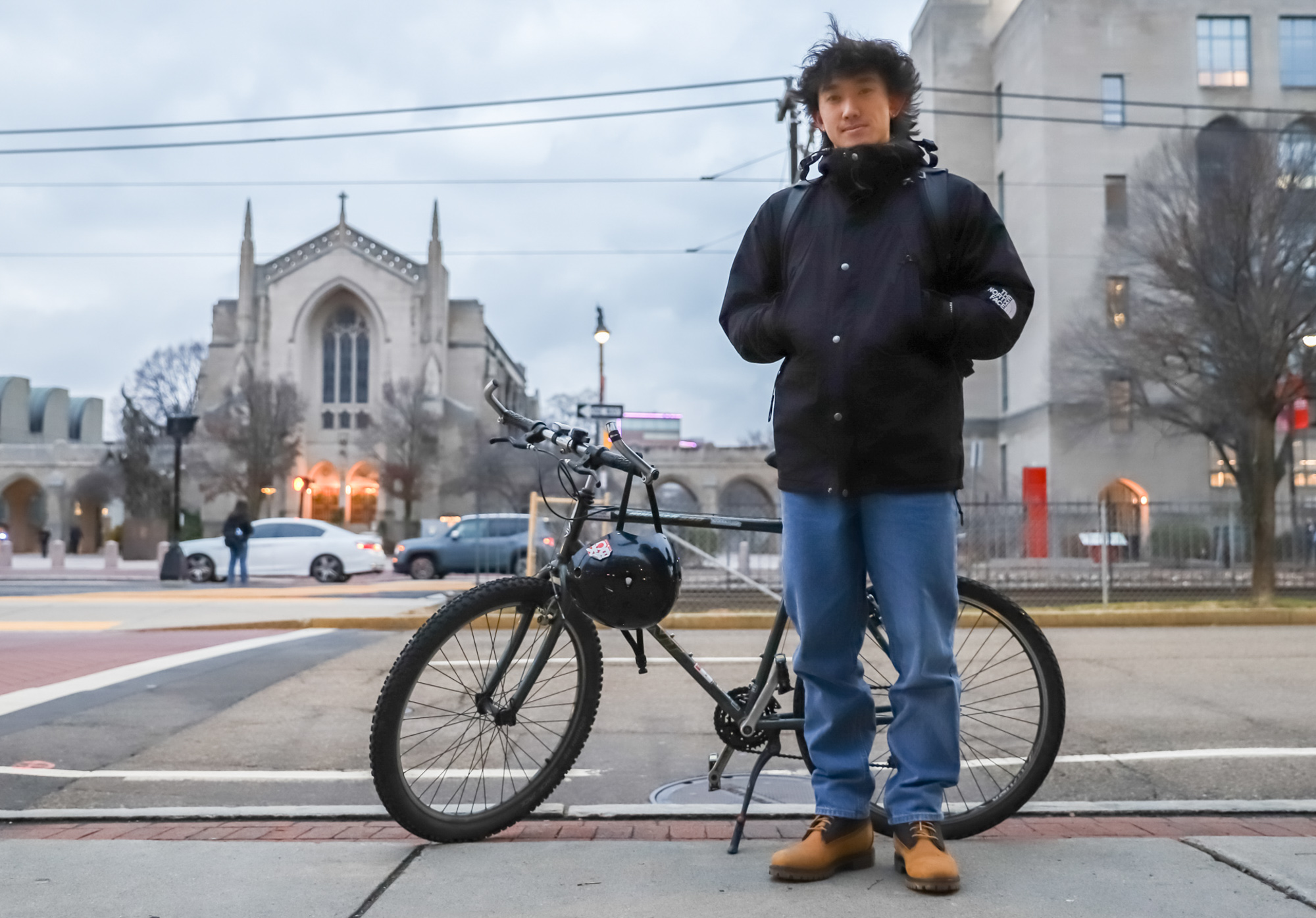
Bailey Scott contributed to the research of this article.


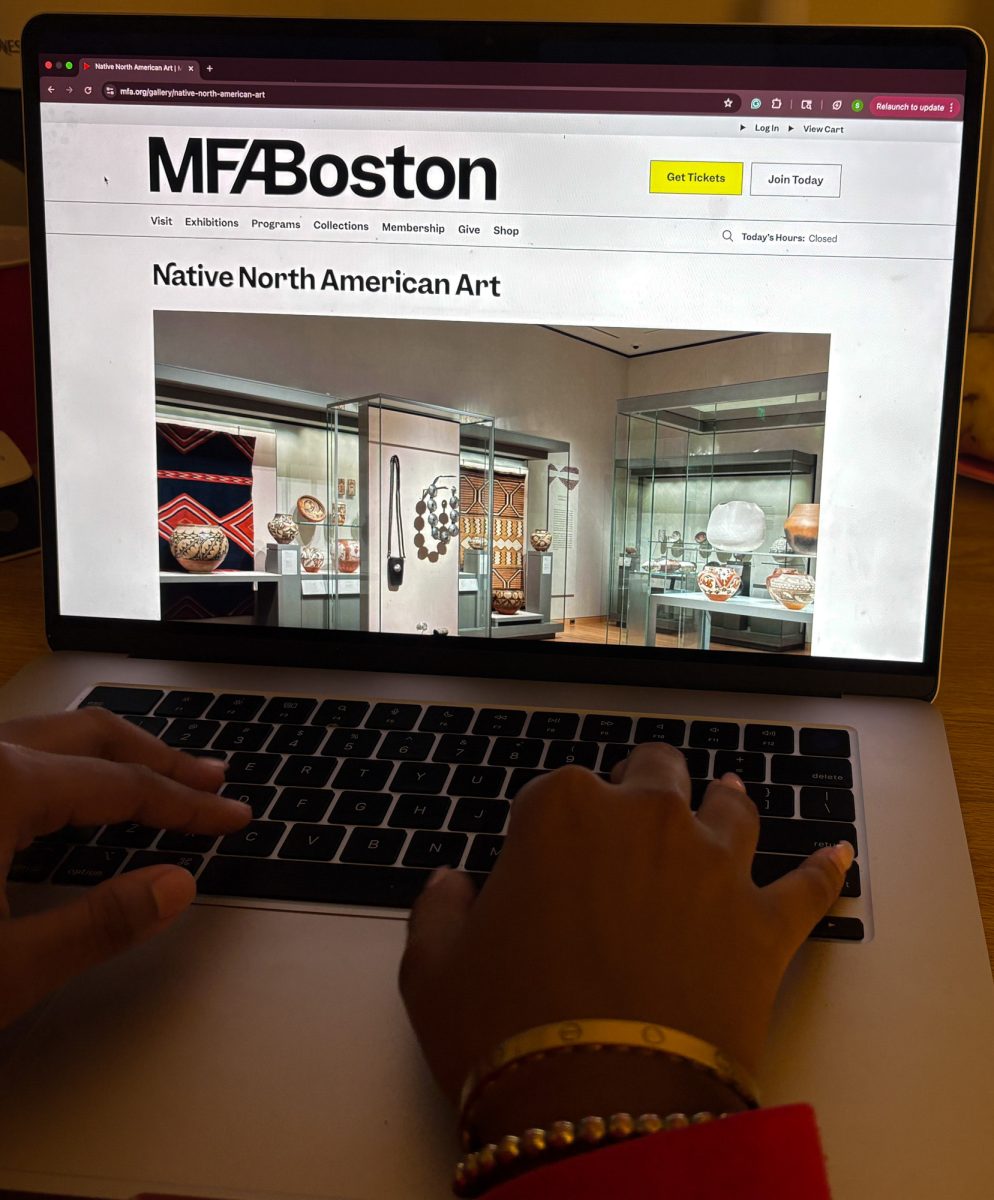

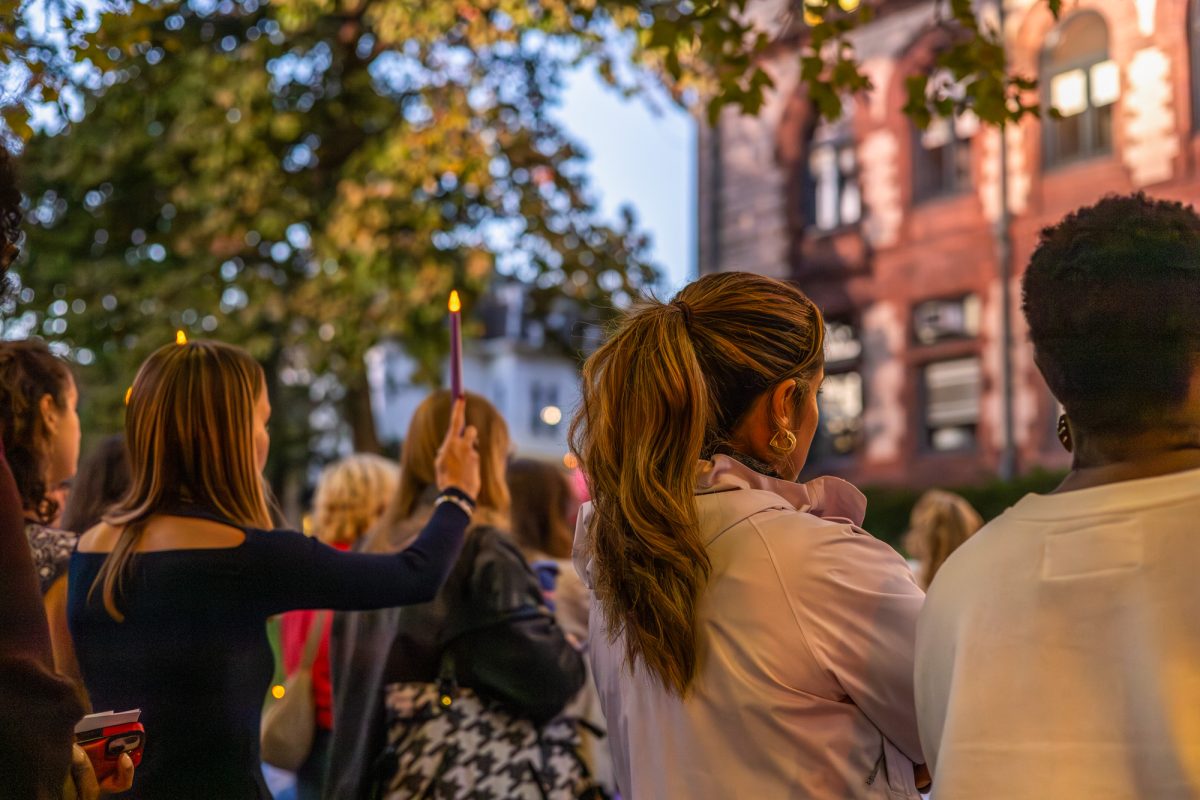
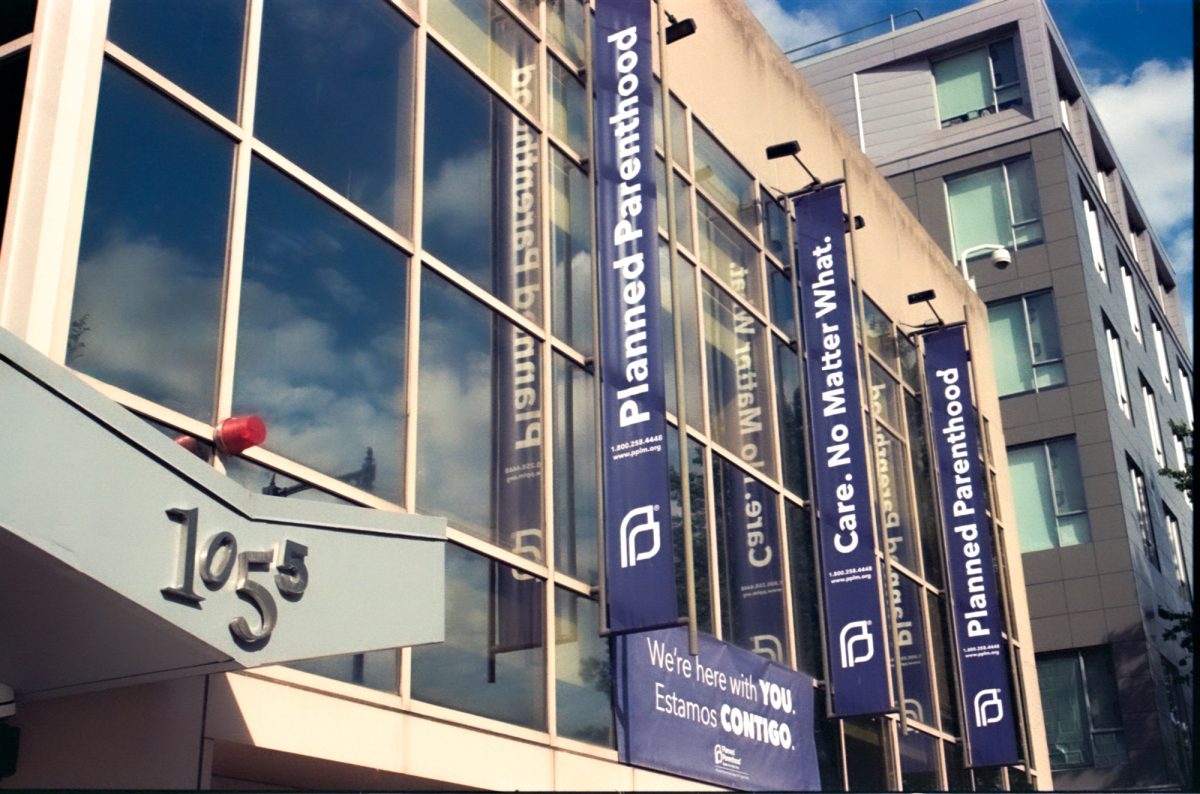
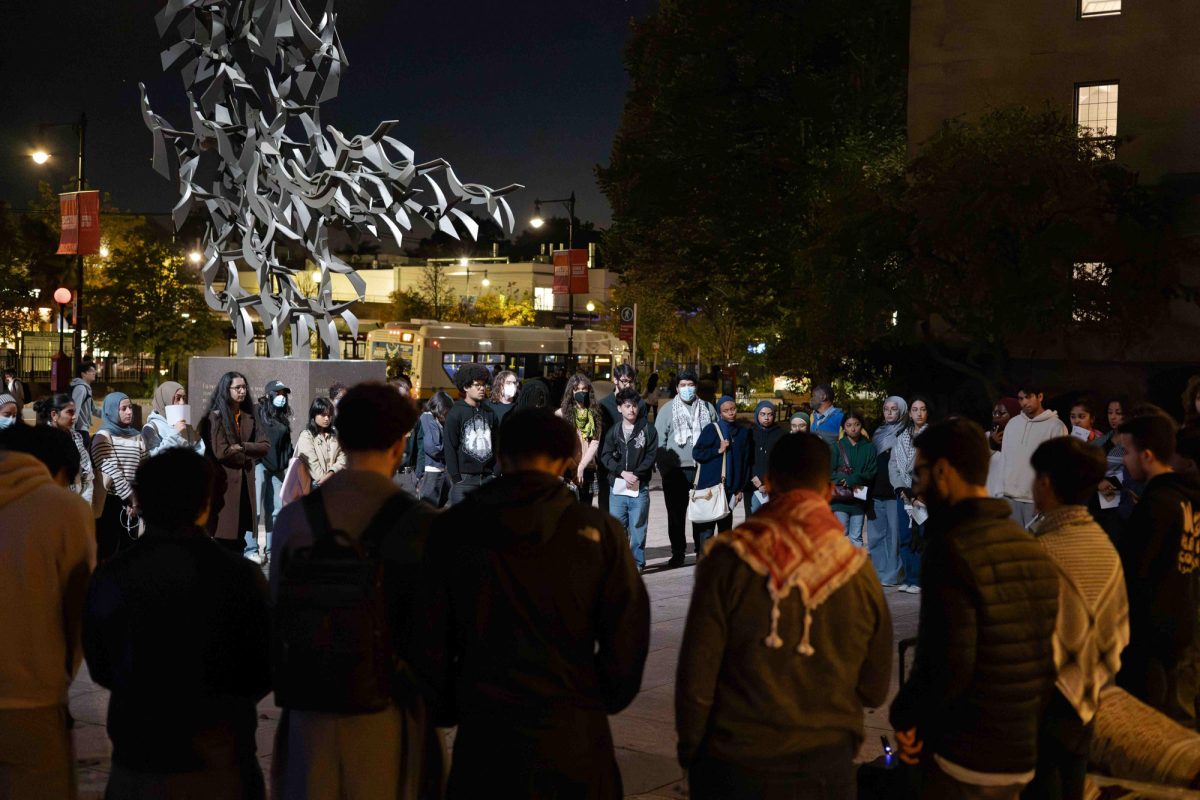
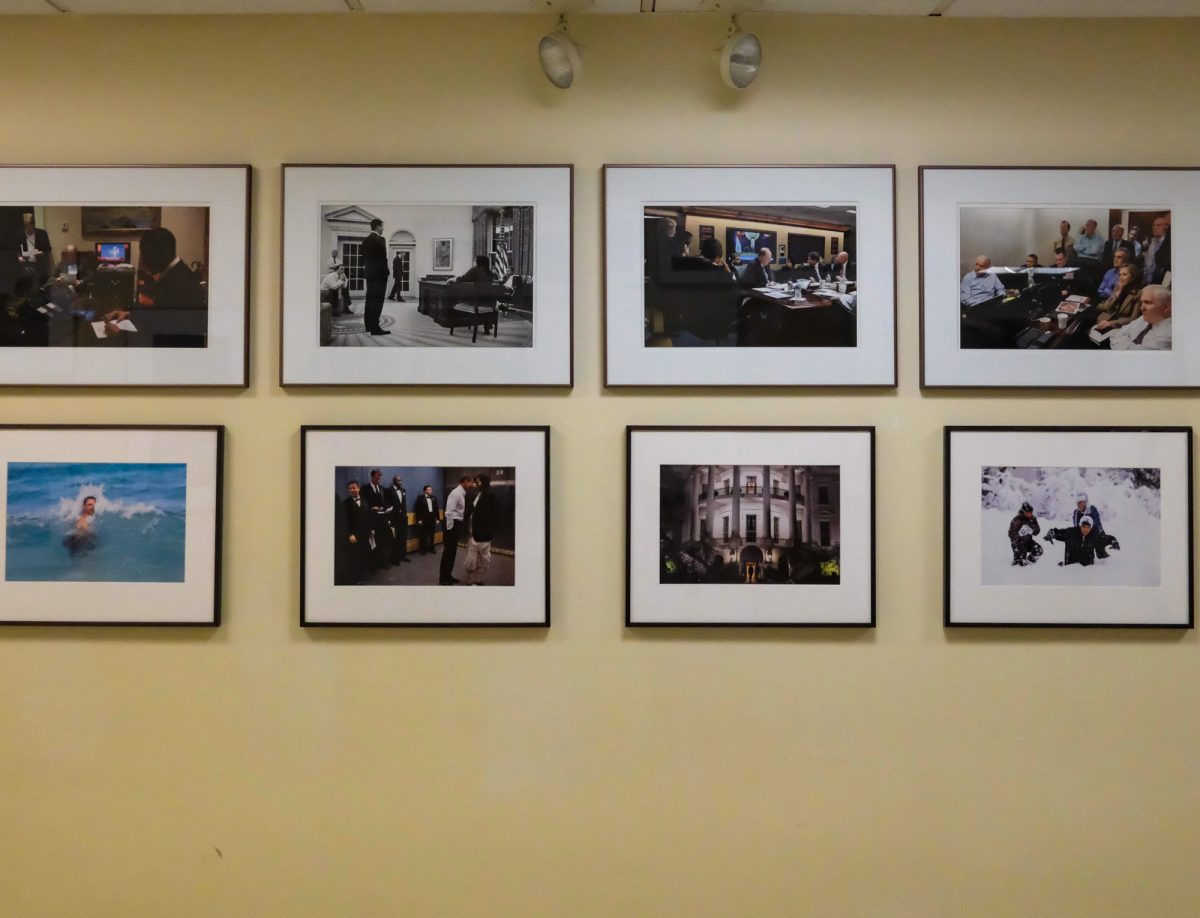

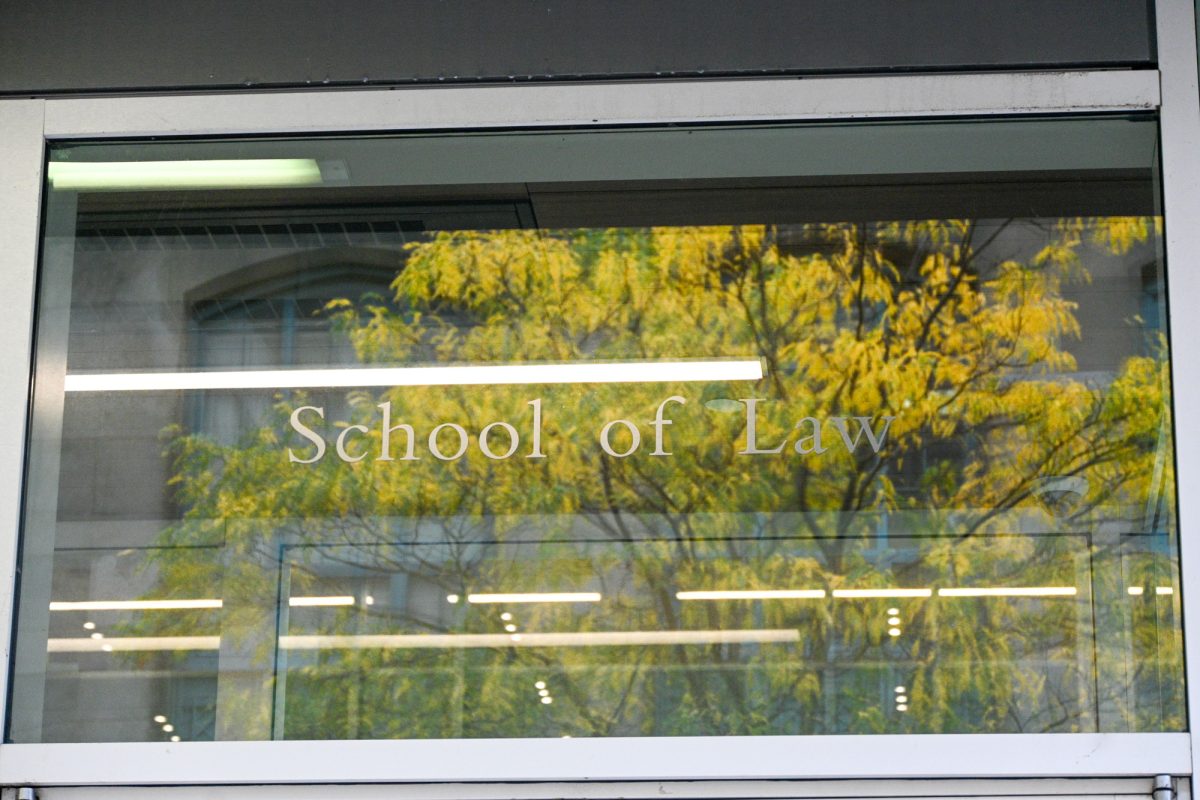
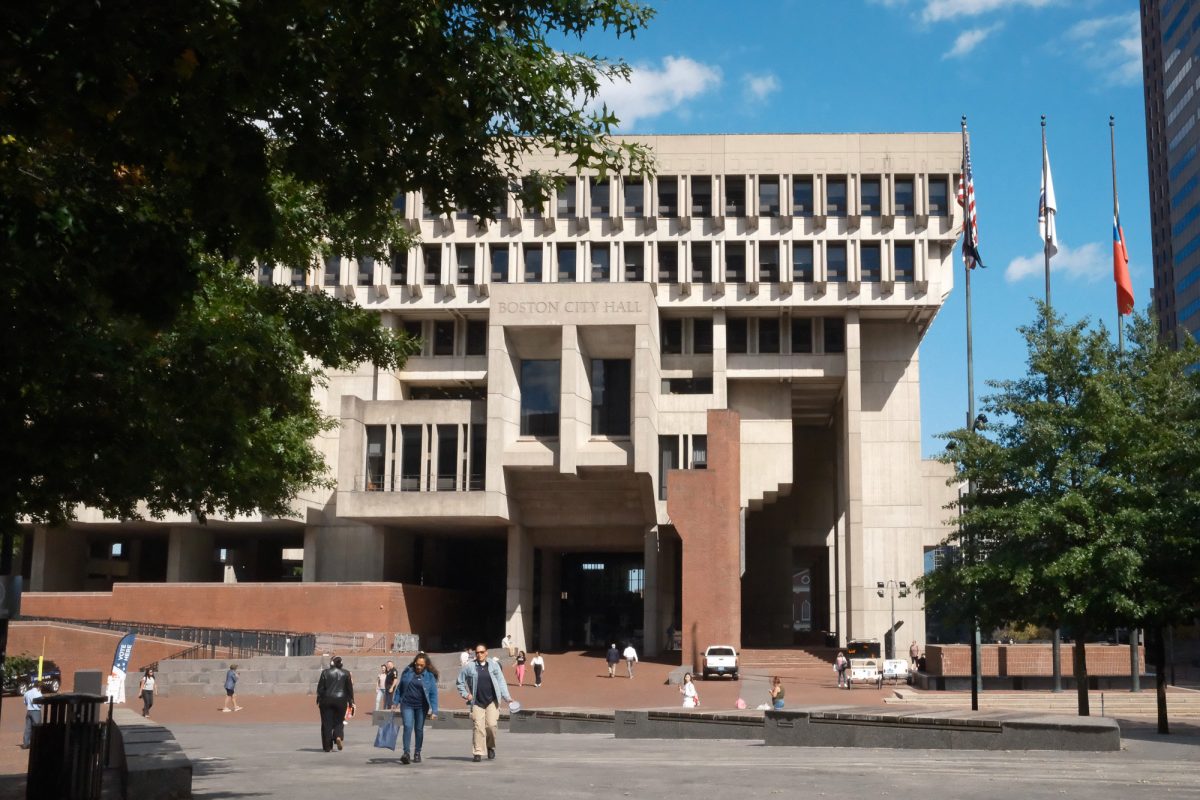


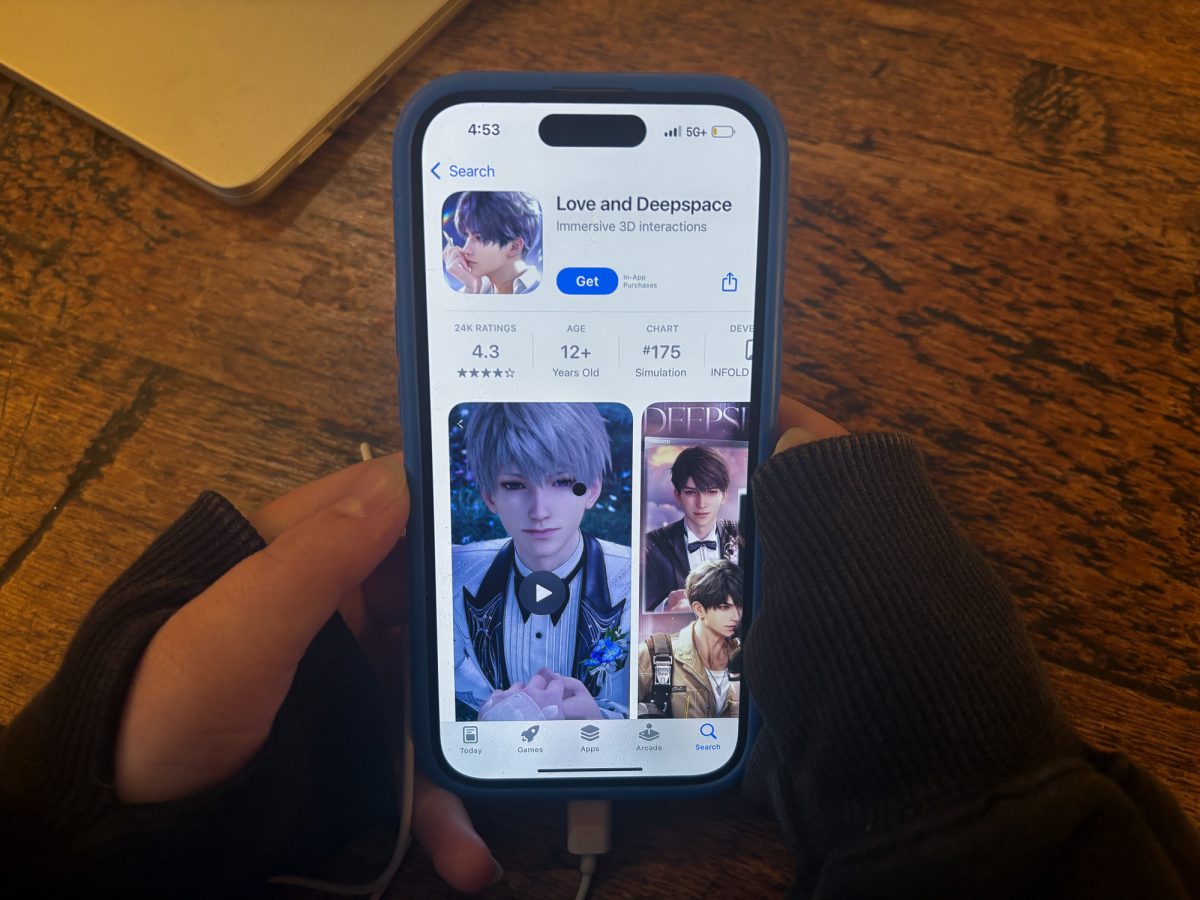
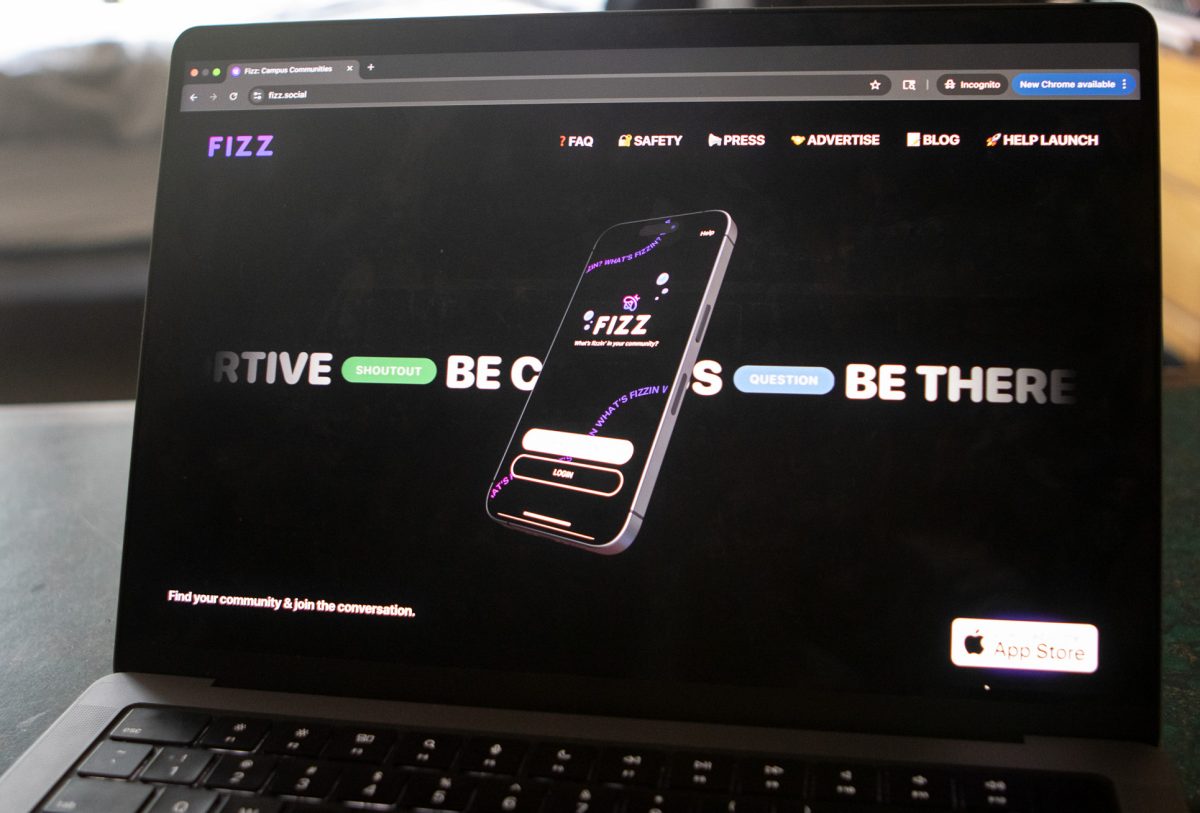



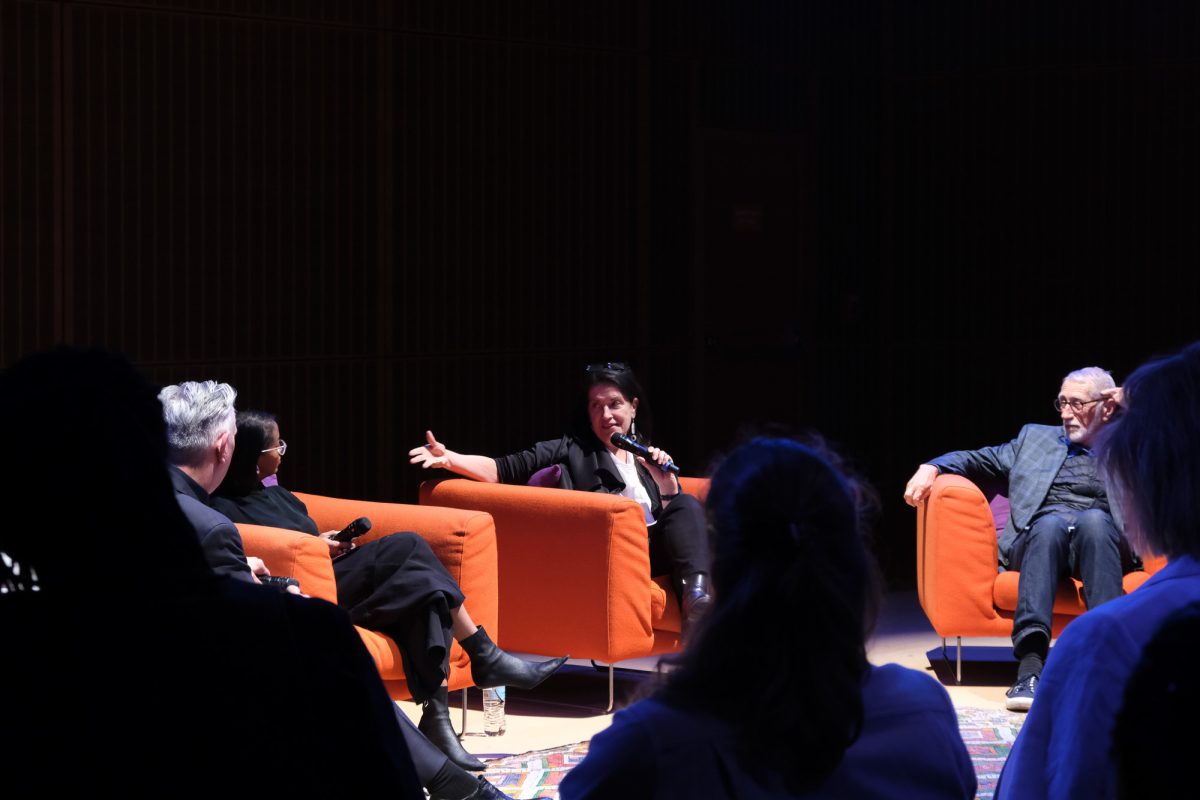









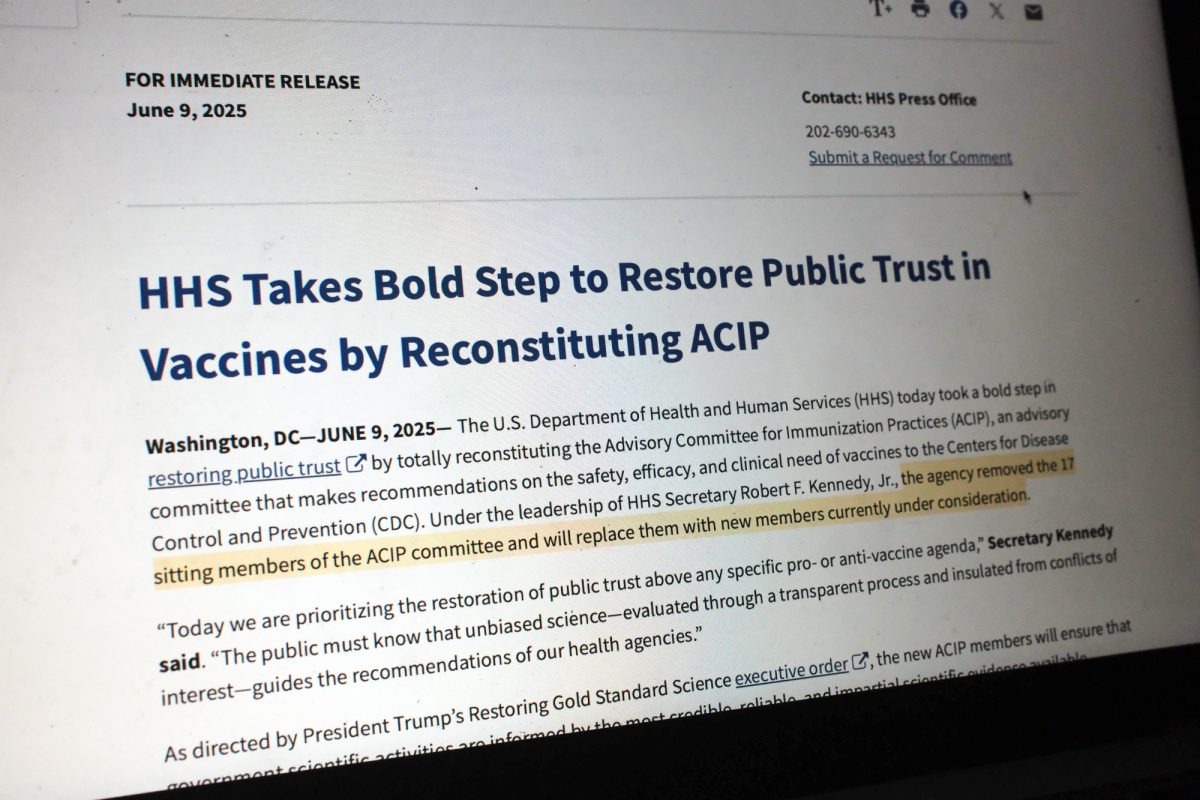



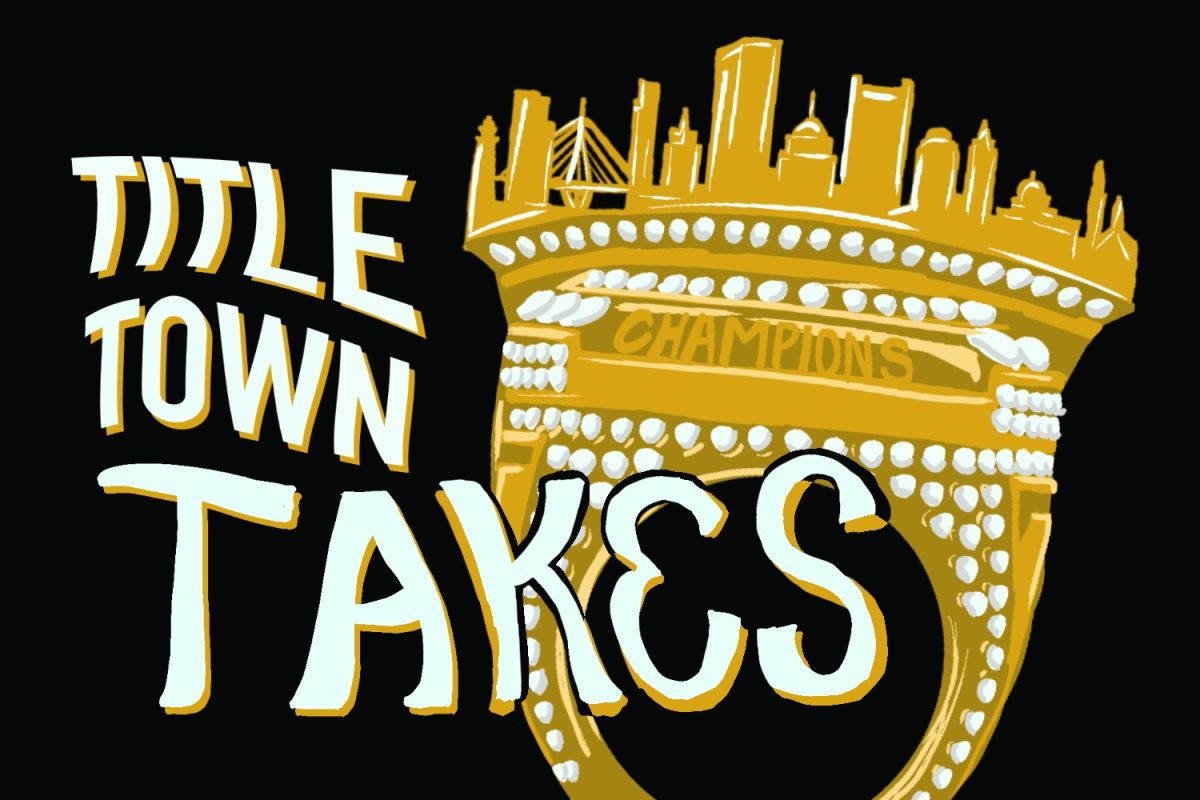
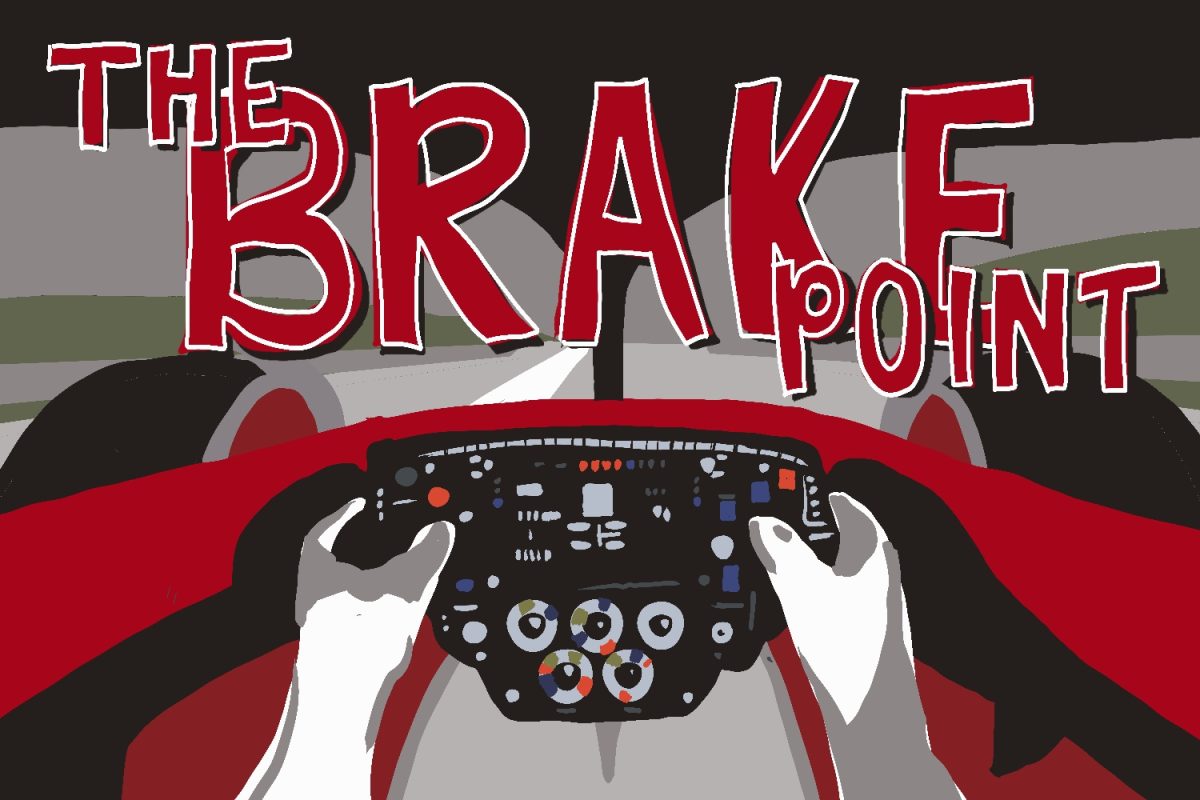

























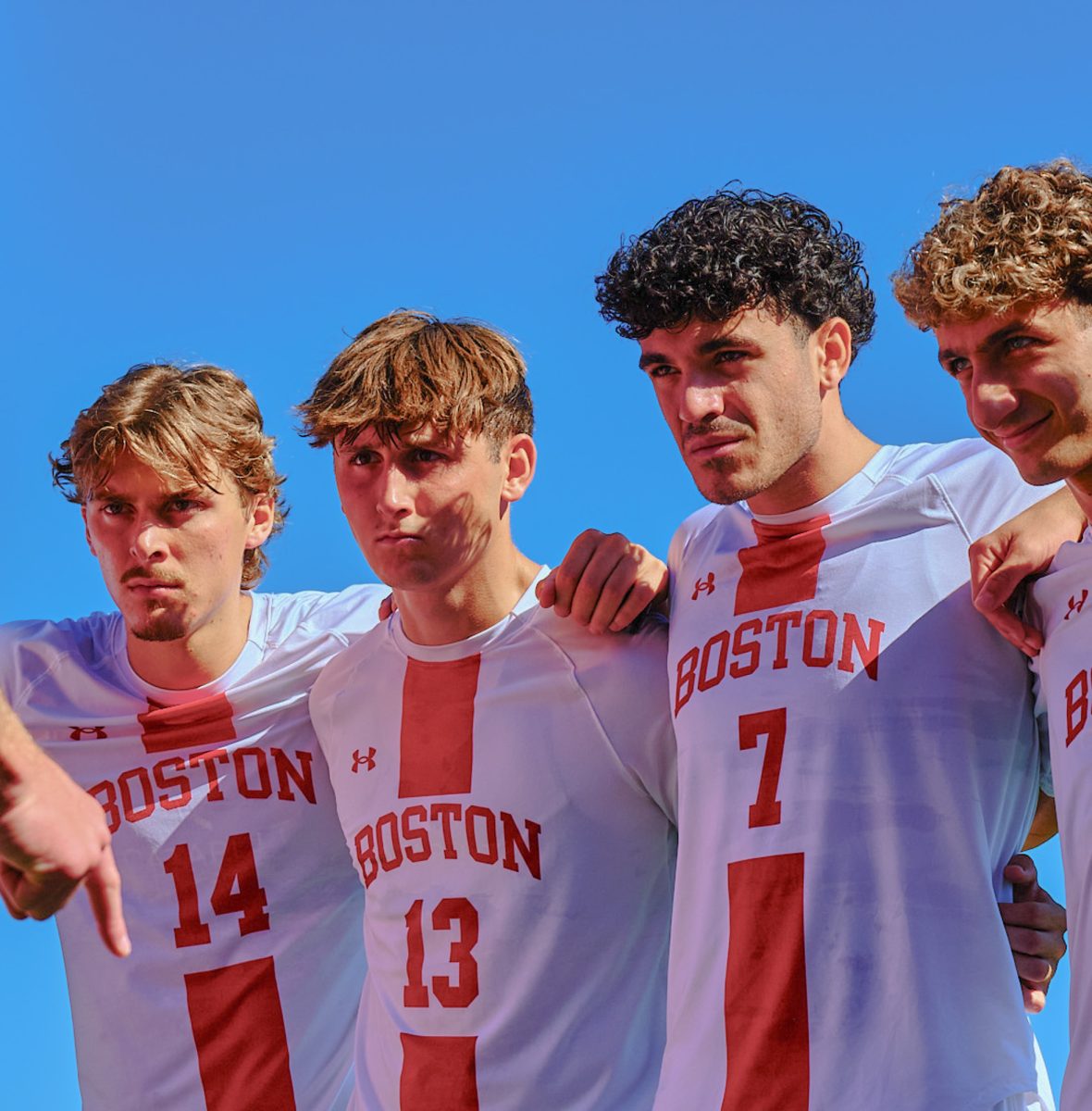
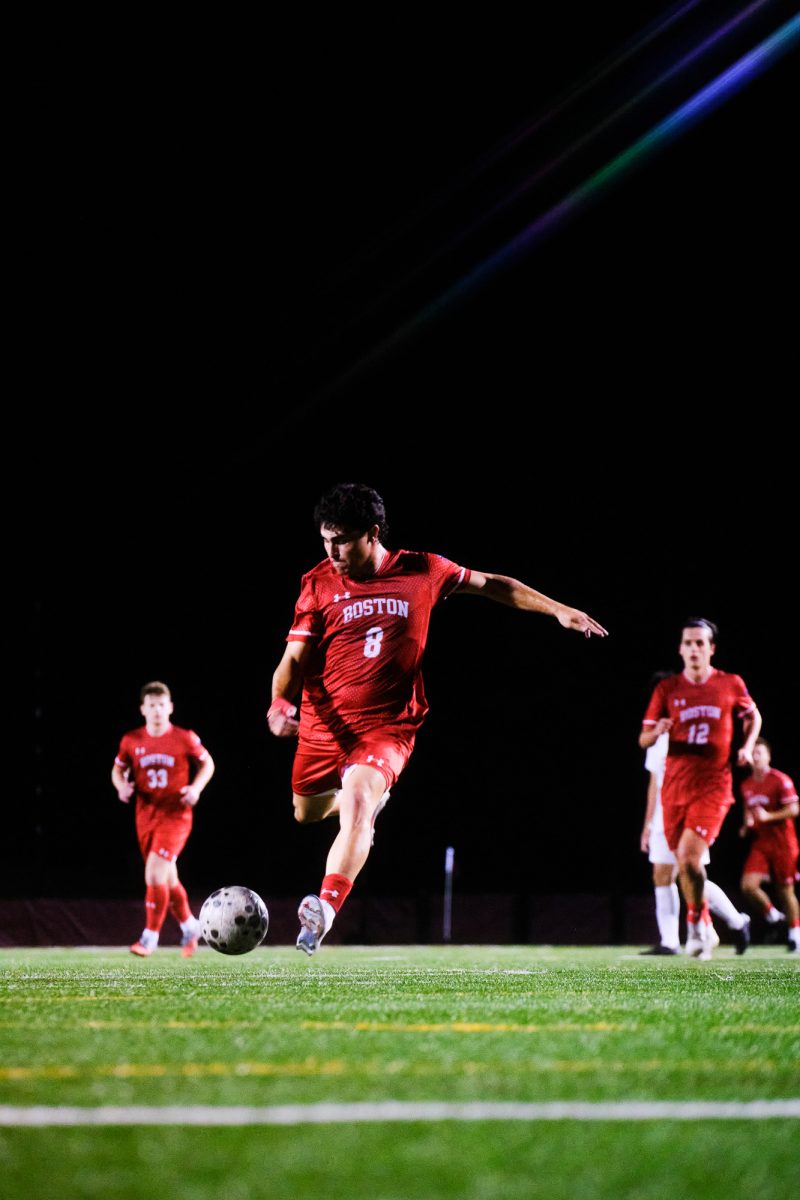














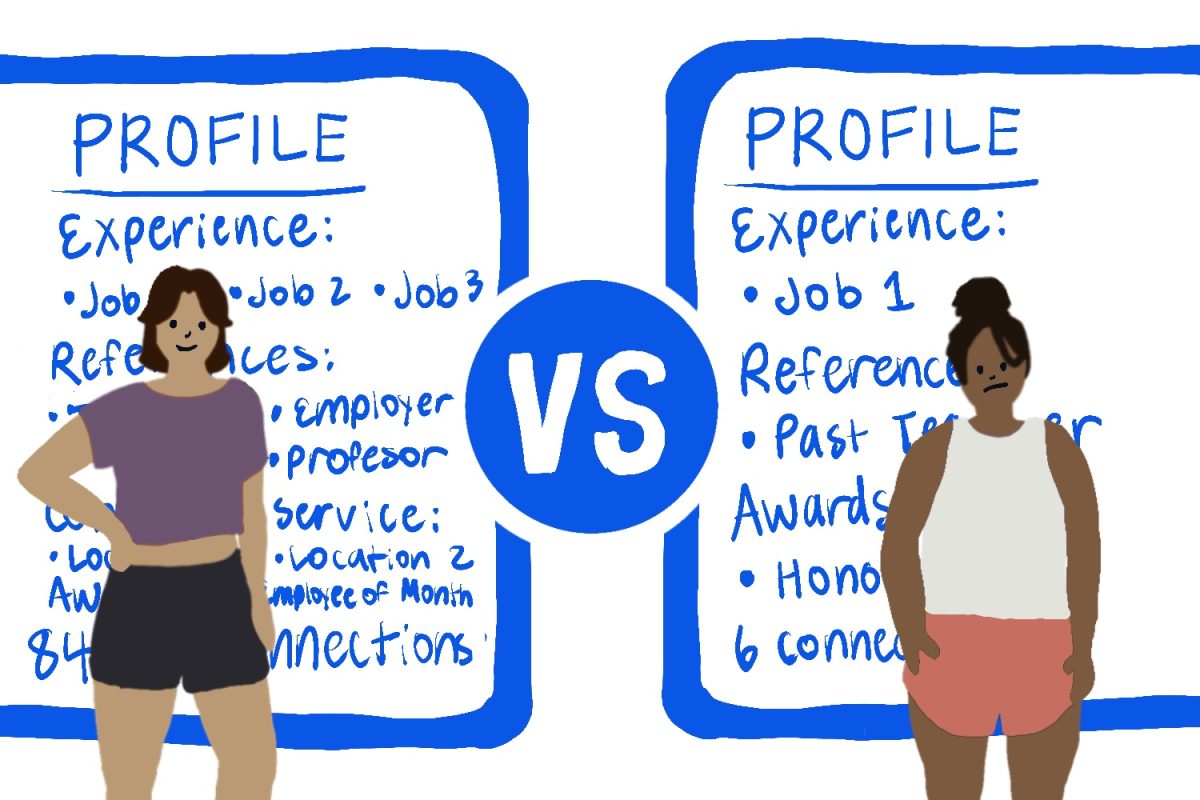





















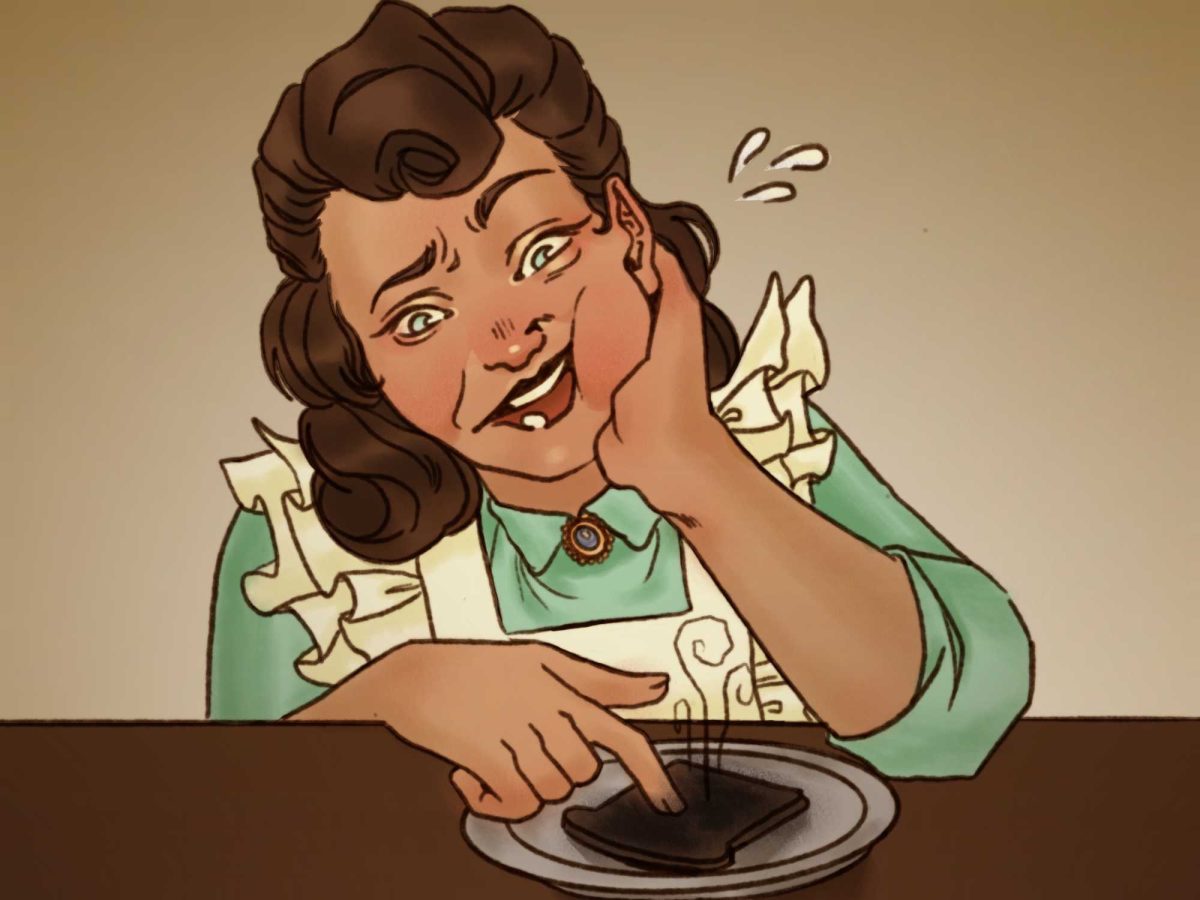



















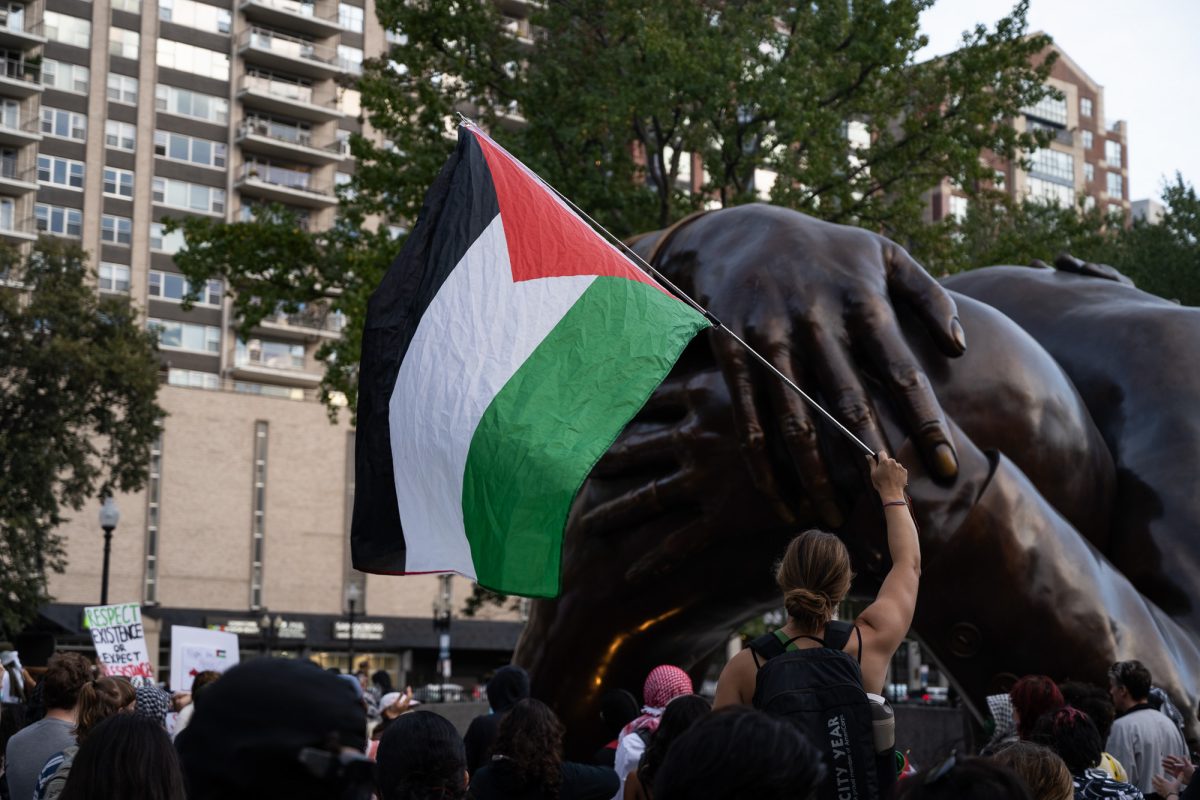
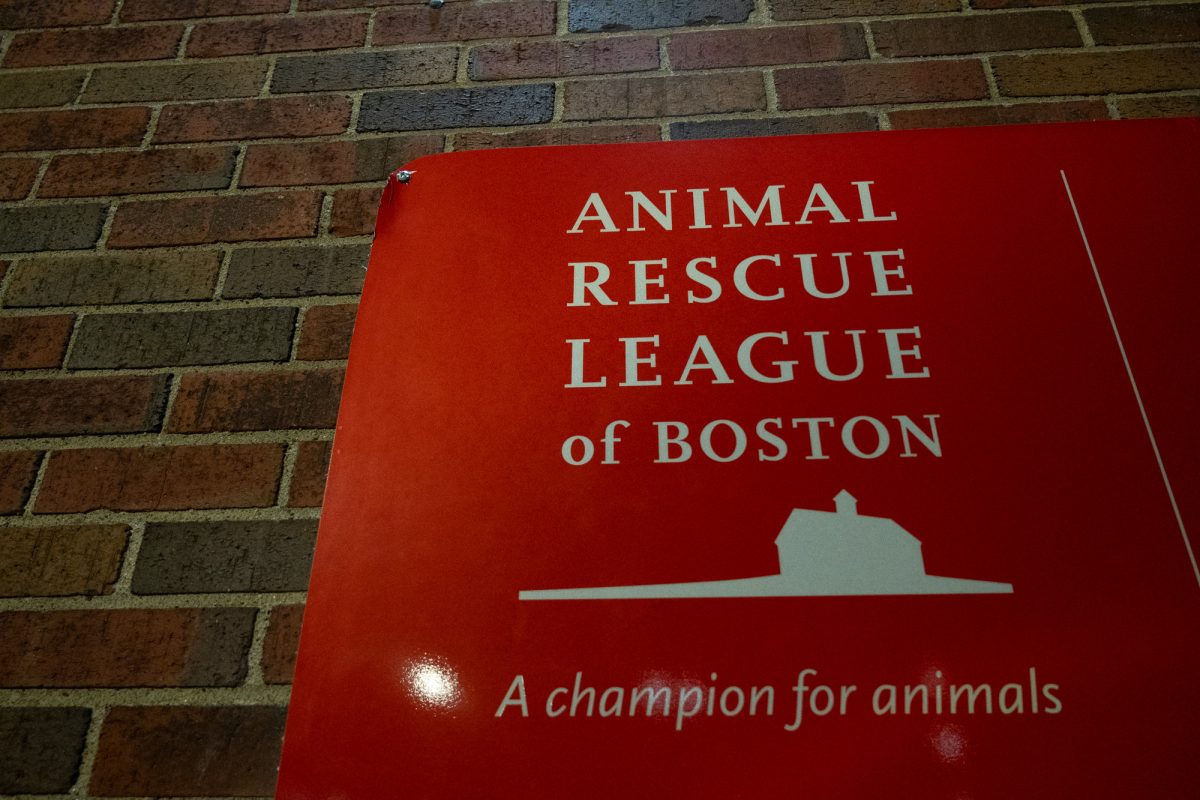

Will • Dec 30, 2024 at 7:09 pm
Bikes & cars, can not live on the same roads, without accidents. Notice they do not put bike lanes by the rail-(roads)? Thank goodness we alll don’t drive on the roads, like we push shopping carts in the grocery stores. Sad to say no such thing as a 100% safety.
What say you o’l Mayor Marty who left the city to go down the tubes. Do you still think it will be all safe by 2030. Marty come back to Boston and fix the city hall “Wu” corruption of crumbling infrastructure.